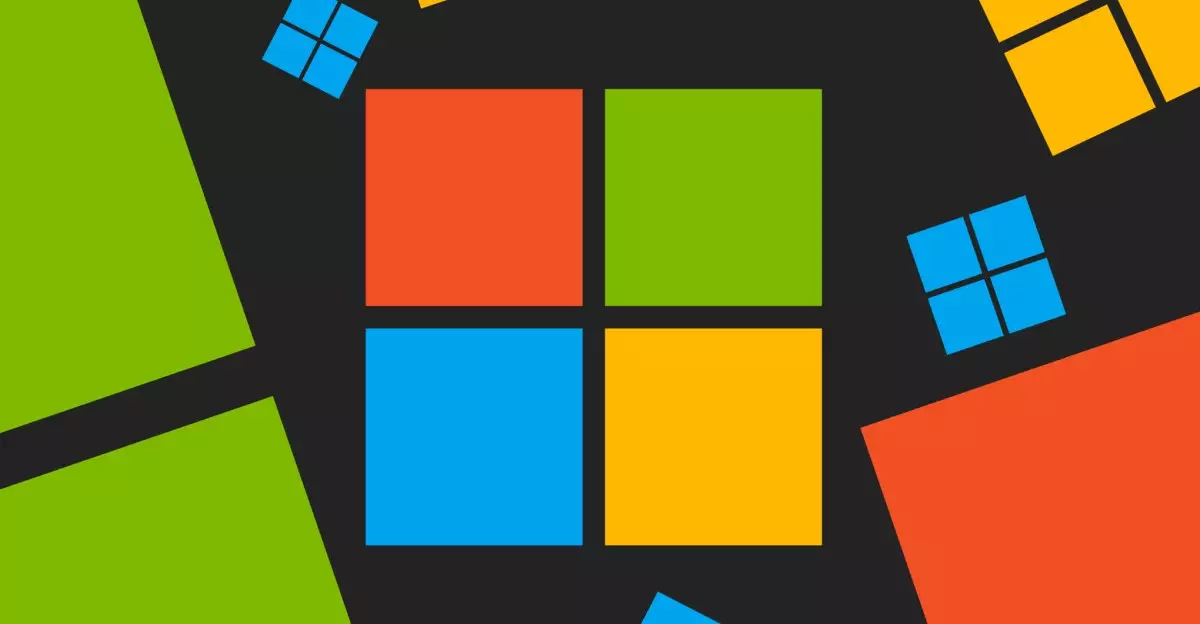In a digital landscape increasingly fraught with security breaches, Microsoft is making a radical shift that could redefine our approach to online security: eliminating passwords altogether. The tech giant has been flirting with the concept of passwordless authentication for years, primarily through tools like Windows Hello and Microsoft Authenticator. But now, they are taking it to the next level by adopting a default passwordless framework for new account sign-ups. With this ambitious initiative, Microsoft not only asserts leadership in cybersecurity innovation but reimagines how we think about personal and organizational security.
Revolutionizing User Experience
The company’s overhaul of its sign-in process reflects a keen awareness of user experience. No longer will users be bogged down by the complexity of creating and managing passwords. Instead, new Microsoft accounts will offer only secure alternatives like passkeys, push notifications, and physical security keys. This fresh direction is not simply a technical upgrade; it is an invitation for users to rethink their security habits. By streamlining account access, Microsoft is effectively eliminating the barrier of passwords, which often serve as a point of friction in the user experience.
The Data-Driven Rationale
Microsoft’s shift towards passkeys isn’t just about aesthetics or convenience; it’s grounded in compelling data. The company reports a staggering success rate of 98% for passkey users when logging in, compared to a mere 32% for traditional password accounts. This profound discrepancy highlights a critical truth: passwords are not only outdated but also prone to human error. The average user struggles to create strong, unique passwords, often resorting to simplified or repetitive choices that compromise security. Microsoft’s approach, which leverages biometrics and cryptosystems, not only enhances security but also cultivates a more intuitive experience for the user.
A Cultural Shift in Digital Security
By renaming “World Password Day” to “World Passkey Day,” Microsoft underscores its commitment to leading a cultural change in how we approach online security. This isn’t merely a shift in technology; it symbolizes an ambition to foster a more secure online culture where users are empowered to adopt better practices. The initiative sets a precedent that might encourage other organizations to follow suit, potentially ushering in a larger societal acknowledgment of the inadequacies of traditional passwords.
The Road Ahead
While Microsoft’s bold transition to passwordless accounts is commendable, the journey towards universal acceptance may be fraught with challenges. Existing users still need to navigate the landscape of password management, and transitioning them to a new system will require education and encouragement. Moreover, there are questions about accessibility—how will those with less technical proficiency respond to these changes? Ensuring ease of use for everyone, regardless of their tech-savviness, will be crucial for widespread adoption.
Moreover, the gradual implementation of passkey technology calls into question the future viability of passwords across various platforms and services. Will companies across the globe join Microsoft in this mission, or will we see a fragmented approach that still relies on our outdated password-centric practices? One thing is evident: in its quest to lead us into a passwordless future, Microsoft is not just changing its own products; it’s prompting an entire industry to reconsider what security can and should look like in the years to come.

